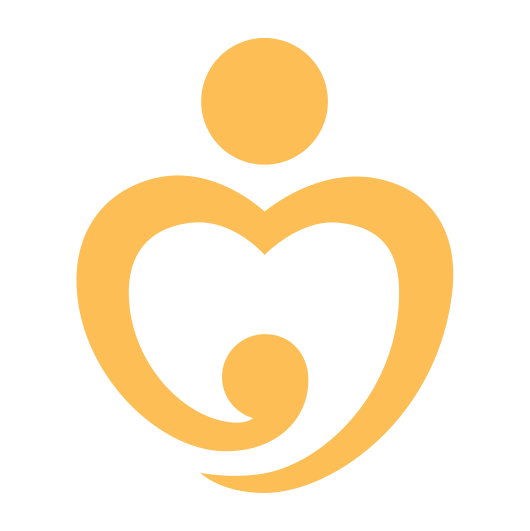
April - June
Quarterly report - q2 2023
Dear One Heart friends,
It is a pleasure to be writing to you today as the new chair of the Board of Directors for One Heart Worldwide. I have had the honor to serve many people from Nepal in my Family Medicine practice in the Boston area, and have learned so much from them. Ever since meeting Surya Bhatta at Dartmouth in 2018, One Heart has had a special place in my heart. He and I worked together on a project to improve medicine distribution in Nepal, and I was so inspired by One Heart’s work that I have kept in touch ever since.
I’m incredibly excited and deeply grateful for this opportunity to serve the mothers, infants, and communities of rural Nepal. I am a fervent believer in the efficacy of OHW’s Network of Safety model; in particular, I admire their cooperative approach with the Government of Nepal, which allows OHW to return administration of the health service delivery over to the government, thus ensuring local ownership and sustainability. During my trip to Nepal, I was also deeply impressed by the nurses and Skilled Birth Attendants at the birthing centers, who were clearly committed to following best practices for optimum patient outcomes.
While my recent trip to Nepal was impactful and educational in so many ways, I’d like to share one memorable anecdote. An SBA at a health facility I visited showed me the “placenta pit,” a hole in the ground covered with a metal grate. She explained that they discard the placentas there to keep wild animals from coming into the birthing center. What type of wild animals, I asked? “Oh, just the tigers mostly.”
My ongoing commitment to Nepali women, children and the community at large grows stronger every day due to the courageous work of One Heart.
Sincerely,
Kirsten Meisinger, MD MHCDS
One Heart Worldwide Board Chair
P.S. - We’d love to have you join us for an OHW-hosted webinar, “Maternal & Newborn Health in Nepal: Contributions from One Heart Worldwide,” on Tuesday, August 22 @ 7 am PT / 10 am ET / 7:45 pm Nepal, where I am thrilled to be speaking about all things maternal and newborn healthcare along with Dr. Swaraj Rajbhandari and Mr. Surya Bhatta, Executive Director of OHW.

Program Highlights
-
This past quarter saw the completion of the active implementation portion of the Network of Safety model in Dolakha and Udayapur. As the districts prepare for the transition to full programmatic ownership by local partners and key stakeholders, we took the opportunity to reflect on the program, our partnerships, and lessons learned, highlighting the successful strengthening of the local MNH health systems despite the challenges presented during the COVID-19 pandemic. Our team will continue to provide technical support to the local programs through the end of 2024 to ensure a smooth transition and sustained impact.
-
We have successfully launched the Network of Safety model in four new districts, Bara and Mahottari in the Madhesh province and Dailekh and Kalikot from the Karnali province. New partner NGOs have been successfully engaged in all four districts as we continue to coordinate with the local government and community stakeholders as part of the set-up process.
-
Our team is currently collaborating with the National Health Training Center (NHTC) to develop a modular-based learning package for SBA/SHP training. The training team has been working on drafting a comprehensive LRP, encompassing a trainer manual, participant’s handbook, and a reference manual. The LRP comprises six training modules in total. This collaboration with NHTC and other national partners aims to scale up the training package to the national level. We anticipate completing the first draft of the LRP by Q3. Through these efforts, our goal is to provide targeted training activities to health workers based on their job needs, optimizing the use of resources and time while enhancing the overall training quality.
-
Our senior management team, along with the cluster office, conducted partner monitoring visits in the new districts of Bara and Mahottari. These visits involved financial verification and programmatic monitoring, allowing us to provide valuable feedback in the program sites. We also conducted initial-level partner monitoring visits in the newly scaled-up districts of Kalikot, Dailekh, Bara, and Mahottari to ensure timely feedback and support are provided. The monitoring visits confirmed that program activities were implemented as per the provided program guidelines. However, we did make recommendations to our partners on how to improve record-keeping related to administrative procedures.
-
In alignment with our commitment to high-quality data, OHW is always refining our methods and exploring opportunities to continue to ensure the accuracy and reliability of our data. We have finalized the development of an internal routine data quality assessment system and established protocols which will allow us to better evaluate the completeness, accuracy, reliability, timeliness, and integrity of the reported data by our field teams (including our NGO partners). This system has been piloted in two districts allowing us the ability to address any issues thoroughly before scaling to all our districts. We are now rolling the system to our other program districts and will plan to conduct quarterly RDQA assessments with our team to ensure continued data verification protocols are being followed.

Program Delivery
(January - June 2023)












Research & Development
-
Developed in close collaboration with the Family Welfare Division and Laerdal Global Health, the Simulation-Based Mentoring Program (SBMP) is an interactive, workstation-based coaching and mentoring initiative aimed at enhancing the skills of Maternal and Newborn Health (MNH) service providers. The program is currently being implemented in four of our program districts. This quarter saw the conclusion of all midline data collection in Sarlahi and Myagdi and the endline data collection for Dolakha and Udayapur. Next quarter, the team will compile the midline results of all four districts as well as the endline results in Dolakha and Udayapur and share subsequent findings with our stakeholders.
-
The endline survey of the district of Khotang was completed this quarter. Because the baseline survey in Khotang did not include service utilization data, the team collected HMIS data in addition to survey data to more accurately assess progress for service utilization.
• Institutional deliveries: Using the HMIS government data, the number of institutional deliveries increased from 20% at baseline to 47% at endline (a 135% increase). The endline survey results showed that 73% of women were delivering in a health facility at endline.
• SBA deliveries: Using the HMIS government data, the number of SBA-attended deliveries increased from 22% at baseline to 41% at endline (an 86% increase). The endline survey results showed that 73% of women were delivering with a SBA.
• Maternal mortality: The survey results show a 47% decrease in the maternal mortality ratio between the 2016 baseline (116/100,000 live births) and the 2022 endline (62/100,000 live births).
• Newborn mortality: The survey results show a 42% decrease in the neonatal mortality rates between the 2016 baseline (19/1,000) and the 2022 endline (11/1,000).
The survey results have been shared with all relevant local stakeholders including all municipalities, district health offices, and local partners who are working in the MNH sector in Khotang.
-
A baseline survey was conducted in Rautahat. Survey results highlight definite gaps with 35% of all delivery occurring without a skilled birth attendant and outside the health system. The maternal mortality was 121/100,000 deaths and the newborn mortality was 11/1,000 deaths. The top three causes of death for both mothers and their newborns were all preventable with improved access to quality MNH care, a sobering context when considered next to the significant disparities in service utilization in municipalities with the worst health outcomes. This report provides critical guidance for creating a targeted implementation plan in collaboration with Rautahat’s government and community stakeholders. These baseline findings were disseminated to district-level stakeholders in Rautahat in May 2023.
-
Leveraging the tremendous growth in the telecoms infrastructure and subsequent potential for expanding digital solutions to enhance access to MNH care, OHW partnered with Nepal-based Amakomaya Apps to test their app within the Terai context. This quarter, we trained 35 health providers from 13 health facilities in 2 municipalities of Sarlahi to use the Amakomaya digital platform. This training now allows these 35 health providers to support their outreach to 1,750 pregnant patients each year.

What we’re reading/listening to This quarter:
First Native American on world’s tallest peak - Nepali Times Article
Improving maternal and newborn health and survival and reducing stillbirth - Progress report 2023 - WHO Publication
Integrating perinatal mental healthcare into maternal and perinatal services in low and middle income countries- The BMJ Publication
Challenges in Early Intervention for Maternal Health: Lessons from Madhya Pradesh - Special Report from Observer Research Foundation
What Is Eclampsia? Tori Bowie’s Autopsy Lists Rare Pregnancy Complication - New York Times Article
From Research to Action: Merck for Mothers’ Evidence-based Approach to Maternal Health - Maternal Health Innovation Podcast
Where ‘No One Wanted Girls,’ a Dad in India Takes On the Patriarchy - New York Times Article
Birthing Change in Myagdi:
Overcoming Challenges through Community & Collaboration
Myagdi District in Gandaki Province is a breathtaking destination adorned with beautiful mountains and hills, attracting nature tourists, especially mountain climbers and trekkers. After a three-hour drive from the renowned city of Pokhara, one arrives at the district’s well-developed business hub, Beni Bazar. The town offers a splendid view of the Dhaulagiri mountain range, home to revered peaks like Annapurna, Nilgiri, Churain, Manapathi, and Gurja.
Myagdi is also known for being home to many foreign migrant workers who contribute to the local economy through remittances. There is a strong sense of community, and the district boasts the highest GDP per capita in Gandaki Province.




